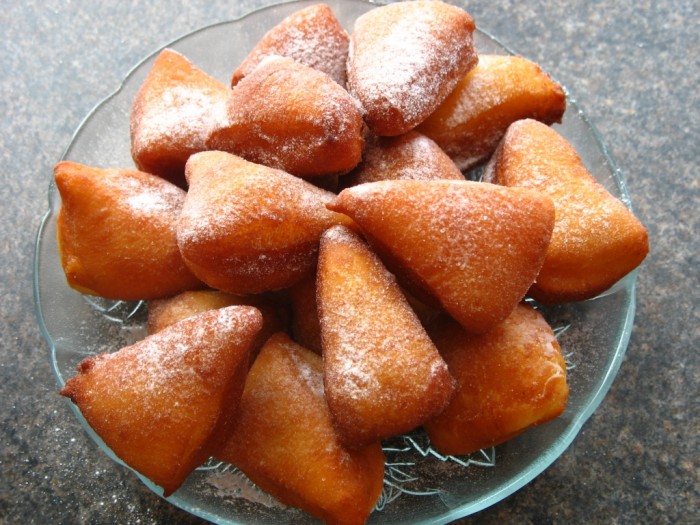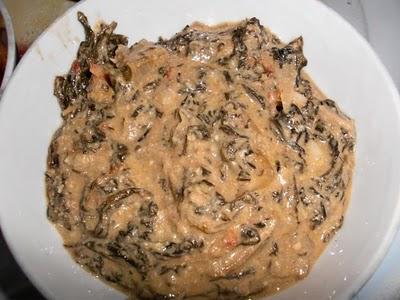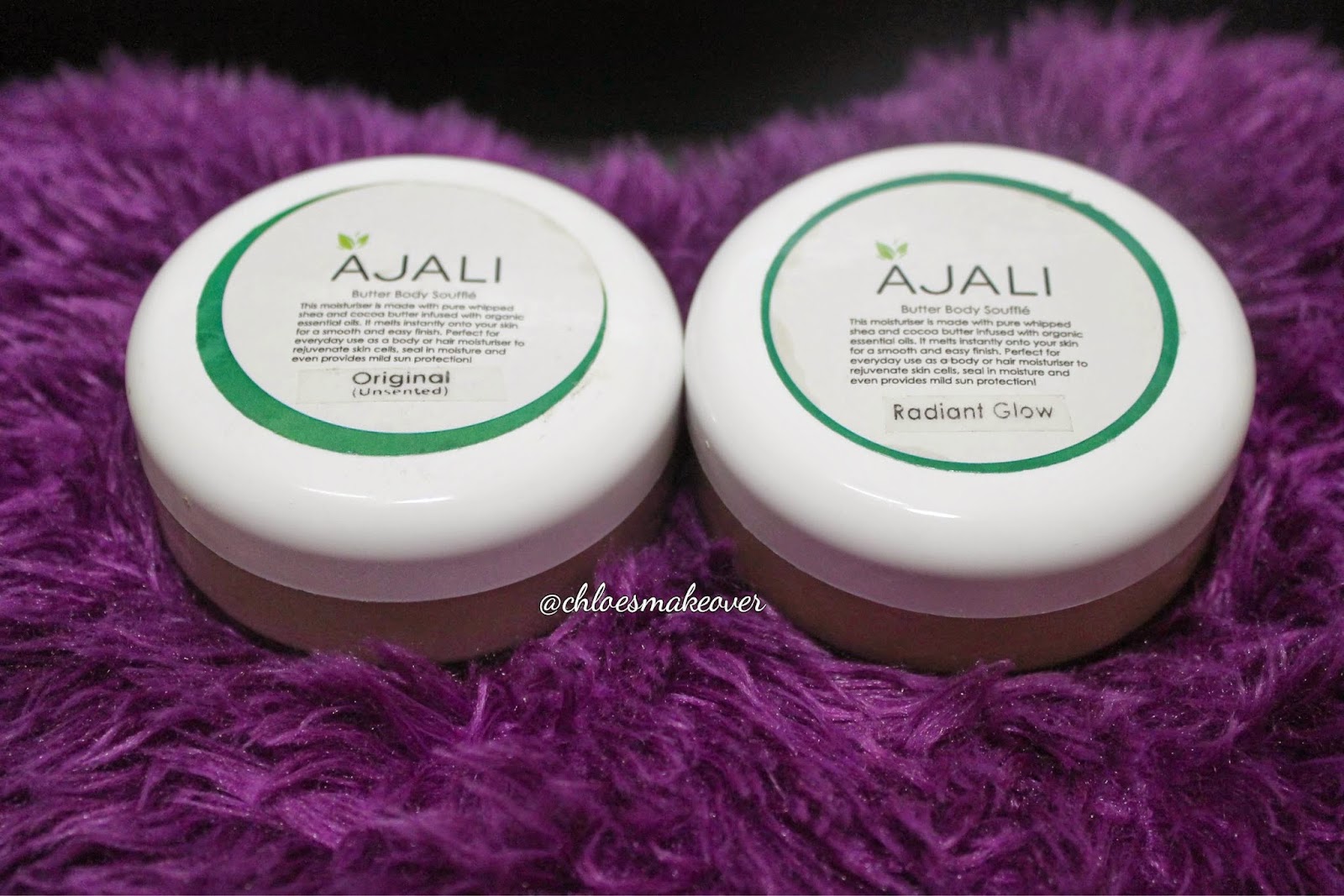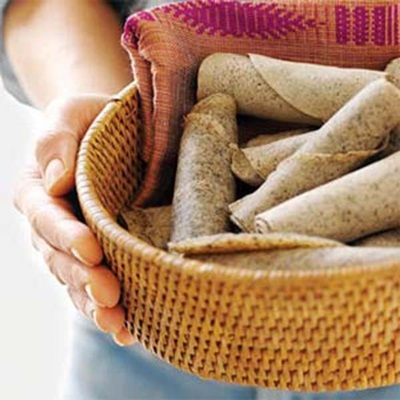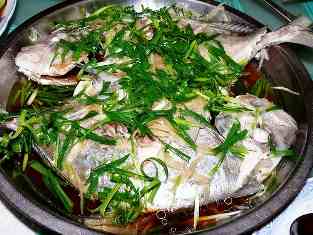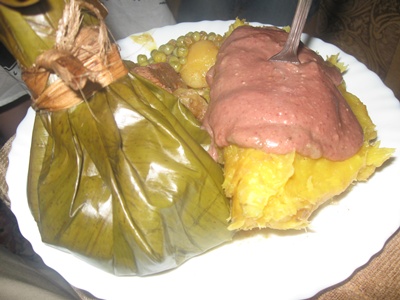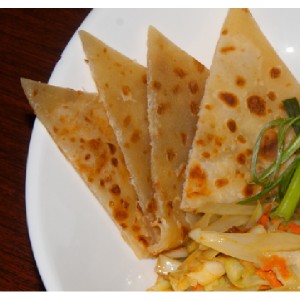

By ChicaMod.com
Chapati is unleavened bread that is very popular in East Africa and is served with many curry dishes. Chapati days seemed much more special to me more so when I was still a little kid. When I was in primary school we had a house assist called Rose who I alleged made the best chapatis in the entire world. On chapati days I and my siblings would enthusiastically suck up to her perhaps crowding her space and telling folk stories, while singing. On these days I would agree to get sent anywhere, agree to anything without complaining. I would volunteer to put away the dry dishes on the dish rack something I still very much find objectionable doing and my other sisters would do the same, each running after a chore. I did not care if my siblings teased me. The reassurance that I would get to savor a chapati before supper time was enough. That aroma of frying chapati in a smoke filled kitchen would make my mouth watery. I thought when I grow up I would eat chapati everyday but that dream has not yet come to fulfillment. Chapati days are still special. No wonder, my daughters too act the same when they realize we are having chapati for dinner or lunch. I don’t have a particular day when I make chapati. I just have to be in a certain mood to put myself through the trouble of kneading the dough and rolling chapatis.
Ingredients
2 cups wheat flour
½ teaspoon salt
6-8 table spoons vegetable oil
½ lukewarm water
Instructions
1.Pour the flour in a big enough bowl and add 6 – 8 table spoons of oil and salt and mix them thoroughly.
2.Add the water and knead until it forms firm dough which should not stick on the bowl wall or onto your hands (With a food processor, this process can be greatly speeded up). Please check in the instruction manual, regarding whether the machine can mix stiff dough of 1 kilo flour (just over 2lb) + other ingredients (basically ½ liter of water). If not, resort to using your hands).
3.Prepare a clean, dry, lightly powdered rolling board. Cut the dough into 8 – 10 equal pieces.
4.Roll each to the diameter of about the size of a dinner plate. If properly mixed, even without a powdered rolling board, the dough should not be too soft or sticky. If it is, add some little flour until it is not. The consistency may vary, depending on the type of wheat flour used.
5.Heat the pan until it is relatively hot. Carefully place the chapati and wait until the lower side just starts to dry up. Turn it over and spread about a tablespoon of oil all over the surface as the lower side dries up lightly. After a few moments, turn the chapati over and repeat the same process. If the hotplate is not too hot, the lower side should turn golden brown after 1 ½ to 2 minutes. Do the same for the other side. If it turns brown quickly or show signs of burning without getting ready, reduce the heat. The ready chapati should feel soft and have lightly browned patches.
If one is fast enough, one can roll a chapati, while also frying the one in the pan. At such a pace, the total preparation time, should be about one hour
Notes
Chapati is best eaten warm and can be enjoyed with beans,beef stew,chicken stew, as well as with vegetables. It can also be enjoyed with a cup of tea or coffee. Cold chapati can be warmed up on a not too hot pan. It makes it taste fresh and soft…
Chapati, widely eaten in many different parts of East Africa and India, is prepared in different ways. In India for example, very little or no oil is used.
Enjoy!



